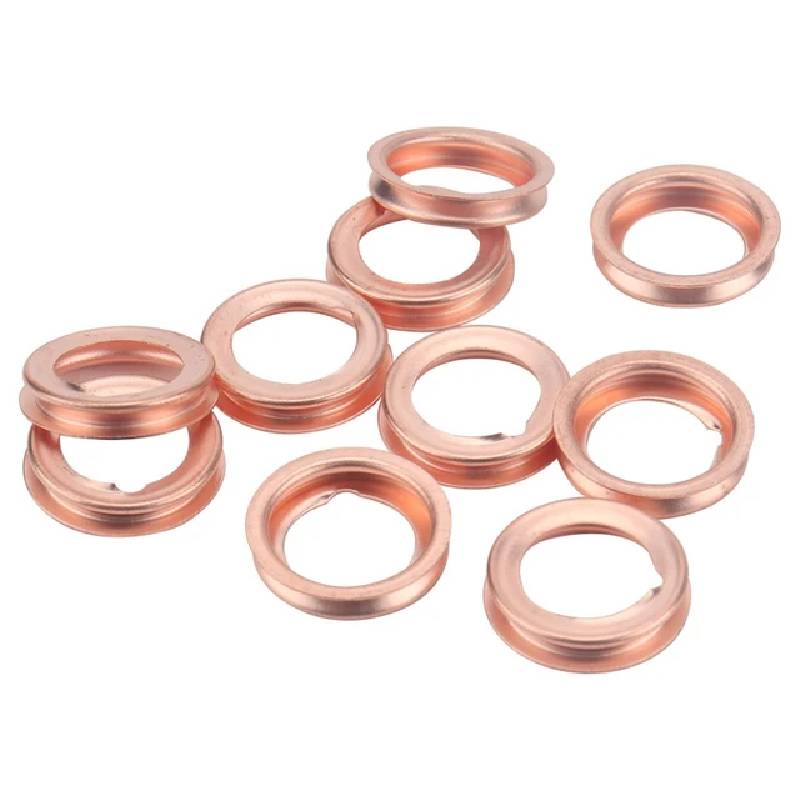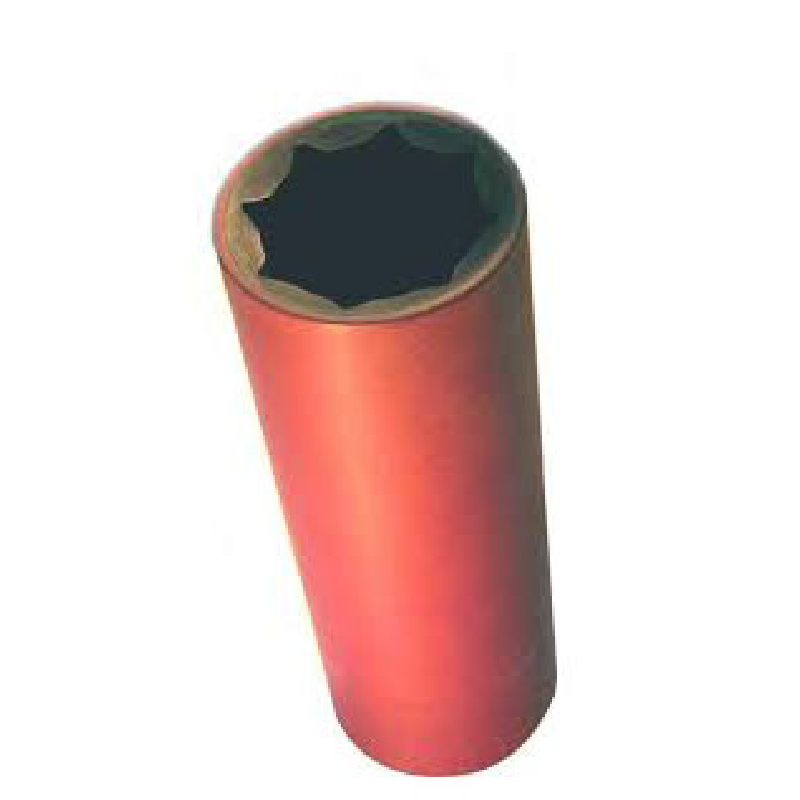Engine Crankshaft Oil Seal 9031683001


In automotive applications, the 12 22 5 oil seal is commonly used in engines, gearboxes, and axles. The seal’s ability to maintain oil levels and prevent leakage is important for reducing friction, wear, and overheating, thereby extending the lifespan of the vehicle’s components and improving overall performance. Regular inspection and replacement of oil seals are recommended to prevent costly repairs and downtime, making them an integral part of vehicle maintenance. Expert installation and selection of the correct oil seal are paramount. Using the wrong size or material can result in premature seal failure, leading to leakage and potential damage to machinery. It is essential to consider factors such as operating temperature, pressure, shaft speed, and type of lubricant when selecting the appropriate oil seal. Consulting with a specialist or referring to technical specifications for guidance can ensure the right choice. Furthermore, the credibility of the supplier matters. Purchasing from a reputable manufacturer that adheres to industry standards guarantees that the oil seals meet quality and performance requirements. Established brands often provide comprehensive support, including technical advice and after-sales service, enhancing the trustworthiness of your supply chain. In conclusion, the 12 22 5 oil seal is a key component in safeguarding machinery and maintaining operational efficiency. Its specialized design and construction cater to a wide range of applications, ensuring that machinery runs smoothly and reliably. By focusing on material quality, precise fit, and proper maintenance, businesses can leverage these seals to maximize equipment lifespan and minimize downtime, ultimately boosting productivity and profitability. Investing in high-quality oil seals is an investment in the long-term success and sustainability of your operations.
-
Understanding the Front Main Engine Seal: Purpose, Maintenance, and Installation
News Jul.29,2025
-
Understanding O-Rings and Seal Rings: Types, Applications, and Custom Solutions
News Jul.29,2025
-
Understanding Crankshaft Oil Seals: Rear Seals, Pulley Seals, and Their Role in Engine Integrity
News Jul.29,2025
-
The Importance of Front and Rear Crankshaft Seals in Engine Performance and Oil Management
News Jul.29,2025
-
Crank Oil Seals: Functions, Types, and Cost Considerations in Engine Maintenance
News Jul.29,2025
-
A Comprehensive Guide to O-Rings and Seals: Types, Materials, and Global Applications
News Jul.29,2025
-
Mastering Diesel and Performance Engine Maintenance: A Guide to Critical Oil Gaskets
News Jul.28,2025
Products categories















